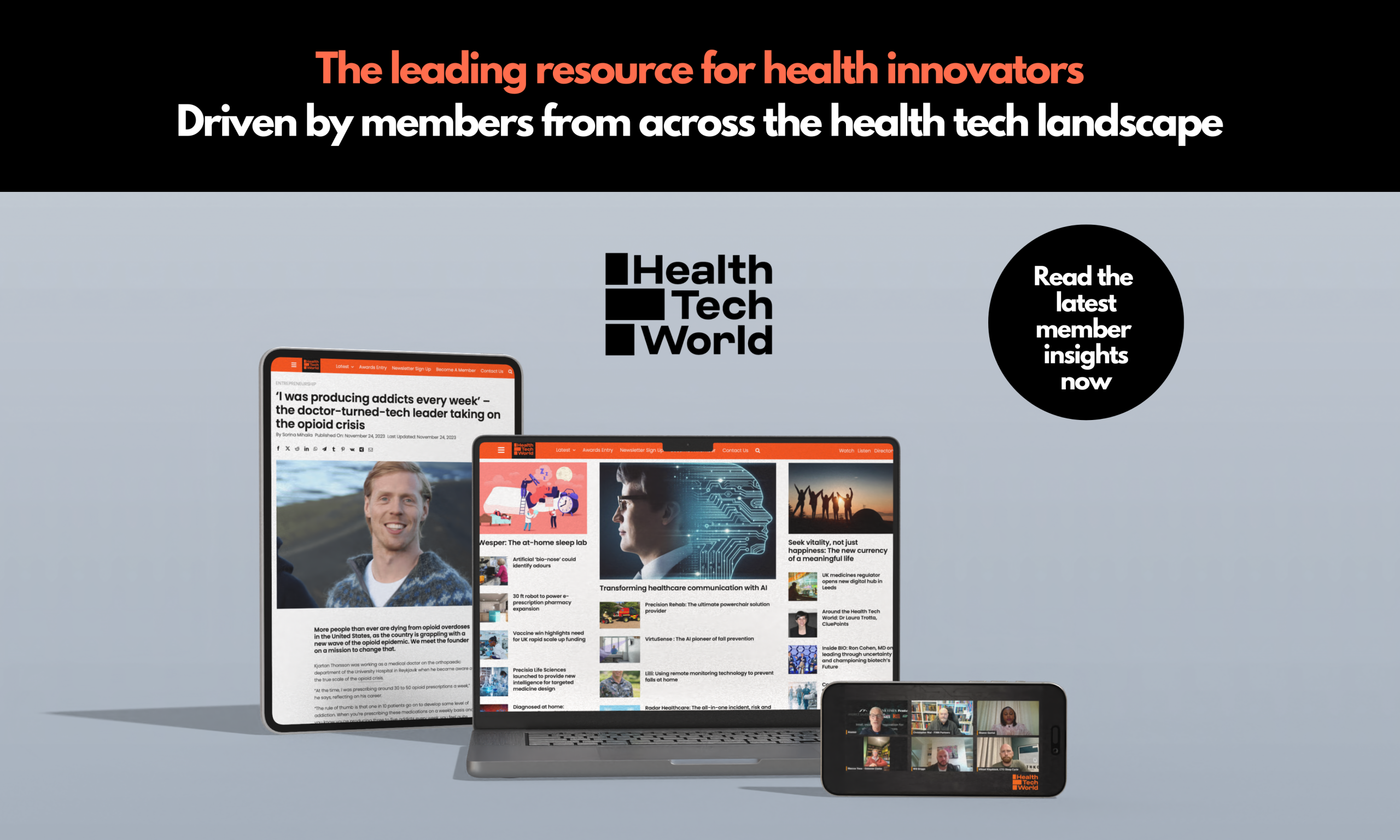
By Roger Mazzella, Global Medical Industry Leader, Qt Group
When designing a product, it’s natural to strive for innovation.
However, in the MedTech space, chasing the latest features can sometimes sideline the very people who use these devices and applications. Users may be left struggling with complex interfaces that hinder rather than help.
While a smartphone or web application with poor usability might suffer from poor sales or a bad reputation, the consequences are far more severe for MedTech such as devices, clinical diagnostic tools, and lab equipment.
Poor usability in these applications and devices doesn’t just create unnecessary challenges for healthcare workers; it can also cause stress and anxiety for the patients reliant on them.
In the worst cases, a complicated user interface (UI) can lead to user errors that compromise patient safety and clinical outcomes.
So, rather than getting distracted by the latest features, MedTech manufacturers need to focus on something more fundamental – usability.
Balancing innovation with usability
MedTech products may play in a whole different ball game than your average commercial device or app, but they should be held up to the same standards.
The everyday user, whether a patient or a healthcare professional, will be used to the modern, intuitive UIs present across everyday life. But it’s easier said than done.
Bringing a regulated MedTech product to market is immensely complex, with technical components being juggled with the constant temptation to deliver ever “smarter” applications and devices.
International standards like the IEC 62366-1 may provide the usability frameworks for medical products, but when further regulatory compliance is thrown into the mix, the process can become overwhelming.
In the US, the Food and Drug Administration (FDA) has introduced requirements for manufacturers to prove their MedTech products are safe and effective for the intended user.
Similarly, the UK’s Medicines and Healthcare products Regulatory Agency (MHRA) calls for usability-focused standards with safety features that minimize user errors.
These regulations are a major factor contributing to the significant financial and time investments required during the development of medical products.
That’s why devices and applications can often take between three to seven years to hit the market.
Even if we assume the midpoint, five years is a long time, especially in the exponentially fast-moving tech development cycle.
A product that may have included the latest features back in the R&D phase likely won’t be seen as quite so cutting-edge by the time it makes it to market.
Ultimately, MedTech manufacturers need to balance out their options and ask how much additional complexity they can afford before the development process becomes unfeasibly long.
They also need to consider the knock-on effects.

Roger Mazzella
Will it drive focus away from the creation of a device or platform that actually achieves key functions, reduces user error, and minimizes bugs and dysfunctionality?
Reliability and strong performance aren’t a ‘nice to have’, they are a ‘need to have’.
This extends beyond just patient safety, even affecting the lives of healthcare professionals, as well as medical devices, diagnostics, and clinical laboratory equipment use cases, which are all regulated.
In the healthcare IT space, studies have shown that there is a significant link between nurse burnout and low usability scores for health record systems.
As healthcare systems across the globe face a breaking point, tech that they can intuitively use is key to avoiding time wasted consulting a 20-page manual.
So MedTech manufacturers shouldn’t be reliant on regulation to push them towards designing with usability in mind.
The consideration of human factors shouldn’t be viewed as a regulatory box to tick, but as a central pillar of the design process, and something that can make people’s lives easier.
Creating a user experience that users can actually use
It’s not just the products that have advanced; the user has as well.
Today, MedTech is used beyond hospitals, as medical devices and point-of-care diagnostic systems are being deployed into alternative care facilities and into patients’ homes.
User experience levels now range from patients and their families to home-visit nurses, up to healthcare professionals.
To build products that are truly usable for every user, manufacturers need to consider them at every point in the development process.
Design teams need to identify their end users before even a line of code is written, and these end users should test prototypes as soon as possible to identify potential workflow bottlenecks and common user errors.
This testing needs to take place in real-world environments to simulate the high-stress situations these products are often used in, rather than sterile controlled labs.
And this shouldn’t all end once the product hits the market. Through post-market surveillance initiatives, manufacturers need to continue to solve UI teething issues as products are continually stress-tested.
Focusing on continuing to confirm and improve usability, as well as confirming the device’s effectiveness, is essential to keep devices running safely, effectively, optimally and to inform future design and development processes.
Not just fit for purpose, but fit for the user
MedTech manufacturing is a complex sector with its own unique challenges, and it can be easy for design teams to zero in on the clinical nature of these products.
But even in the busiest hospitals or in moments of high stress, MedTech must remain approachable, transparent, and easy to operate.
No matter how clinical the environment, at the end of the day, the technology that drives the medical industry is used by people.
That means usability must remain front and centre.







